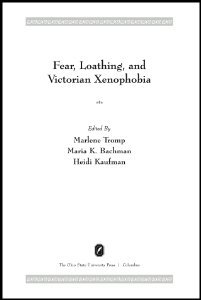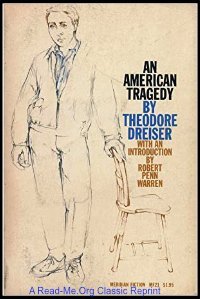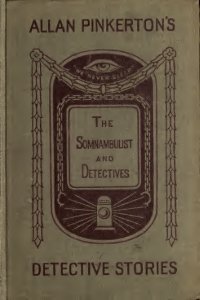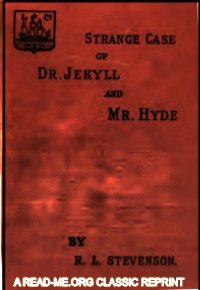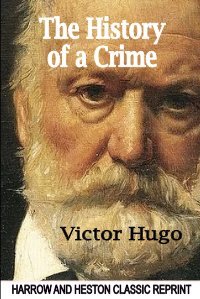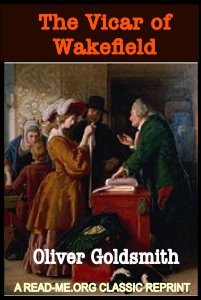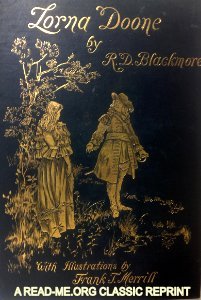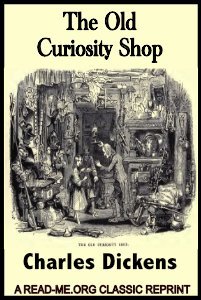Edited By Marlene Tromp Maria K. Bachman Heidi Kaufman.
In this groundbreaking collection, scholars explore Victorian xenophobia as a rhetorical strategy that transforms “foreign” people, bodies, and objects into perceived invaders with the dangerous power to alter the social fabric of the nation and the identity of the English. Essays in the collected edition look across the cultural landscape of the nineteenth century to trace the myriad tensions that gave rise to fear and loathing of immigrants, aliens, and ethnic/racial/religious others. This volume introduces new ways of reading the fear and loathing of all that was foreign in nineteenth-century British culture, and, in doing so, it captures nuances that often fall beyond the scope of current theoretical models. “Xenophobia” not only offers a distinctive theoretical lens through which to read the nineteenth century; it also advances and enriches our understanding of other critical approaches to the study of difference. Bringing together scholarship from art history, history, literary studies, cultural studies, women’s studies, Jewish studies, and postcolonial studies, Fear, Loathing, and Victorian Xenophobia seeks to open a rich and provocative dialogue on the global dimensions of xenophobia during the nineteenth century.
Columbus, OH: Ohio State University Press, 2013. 390.


